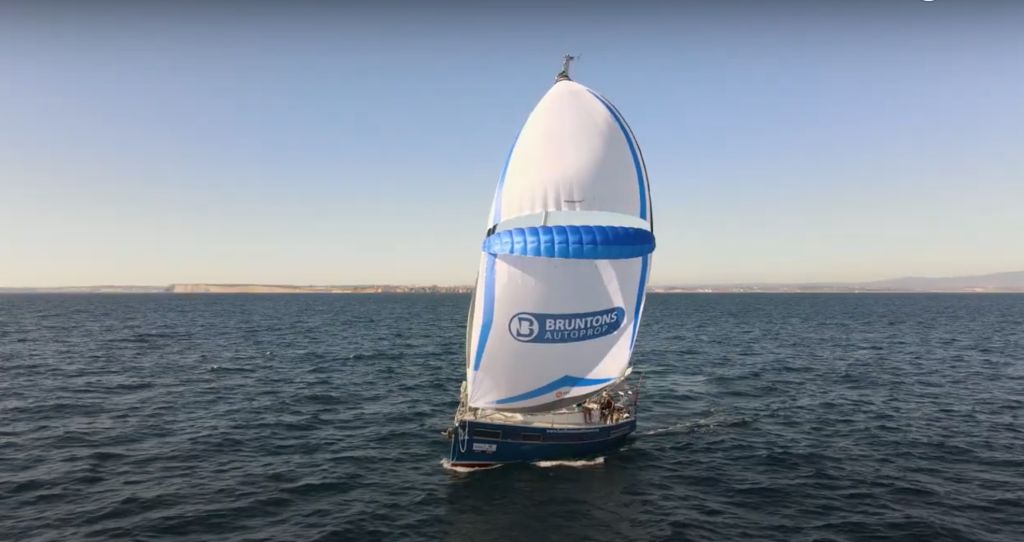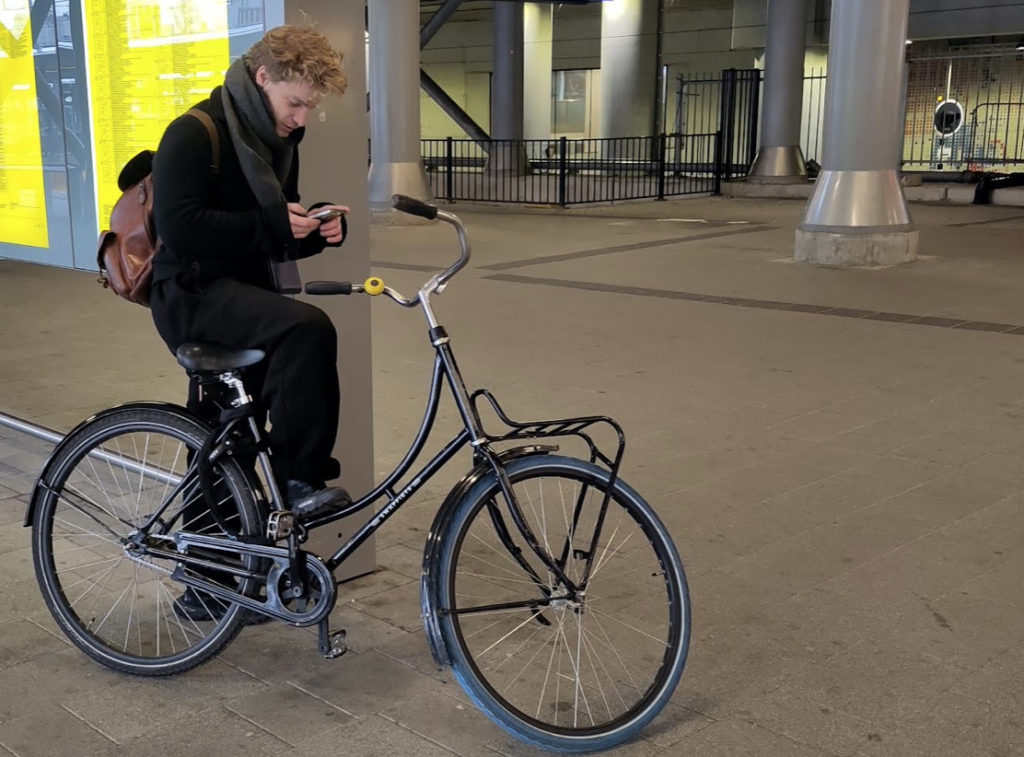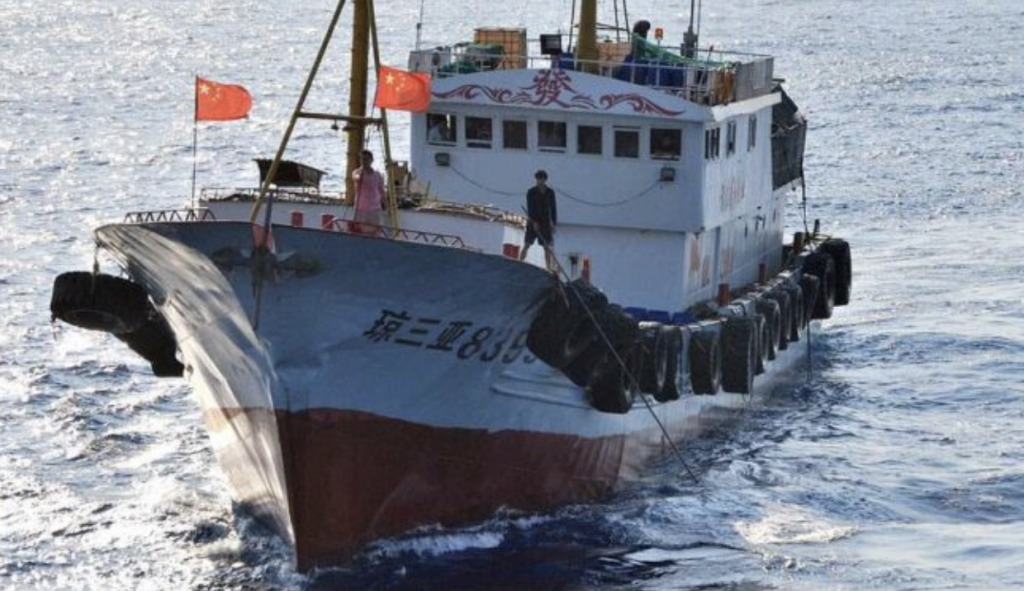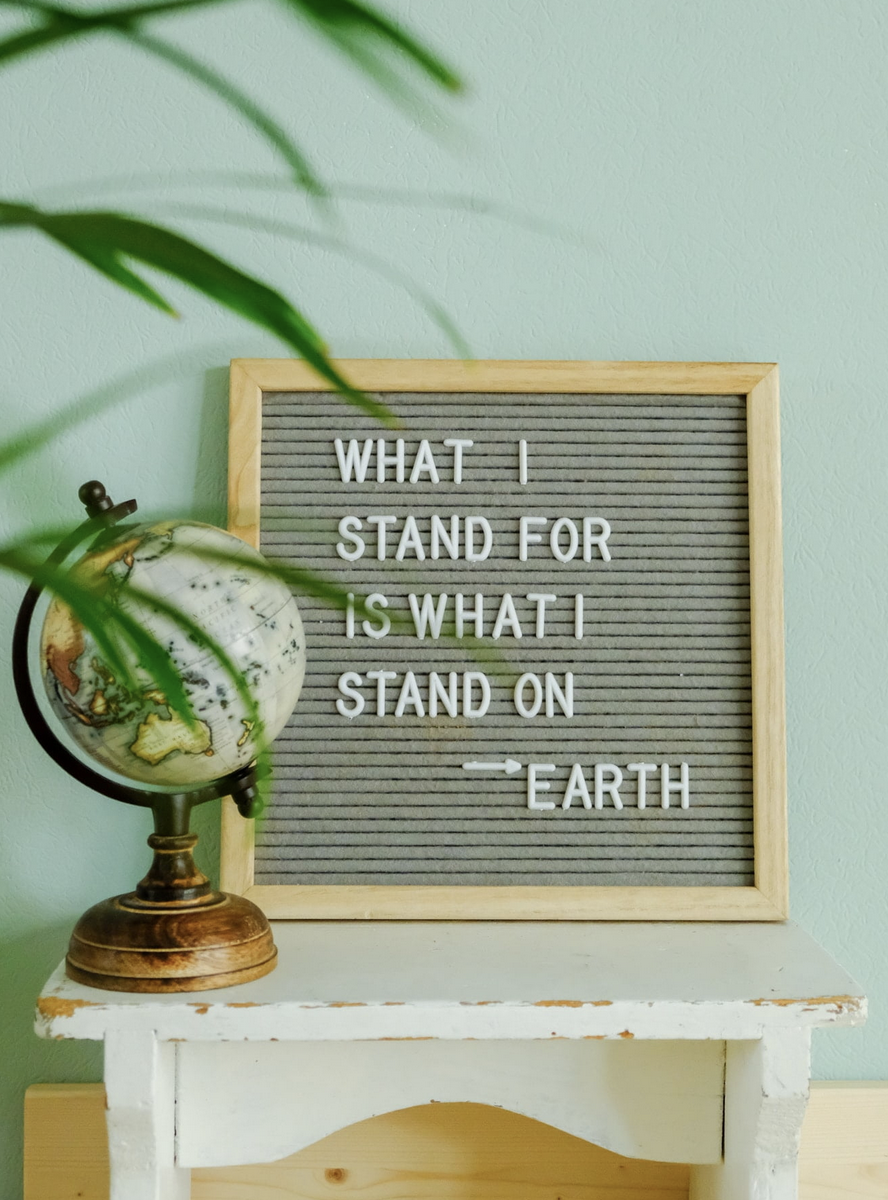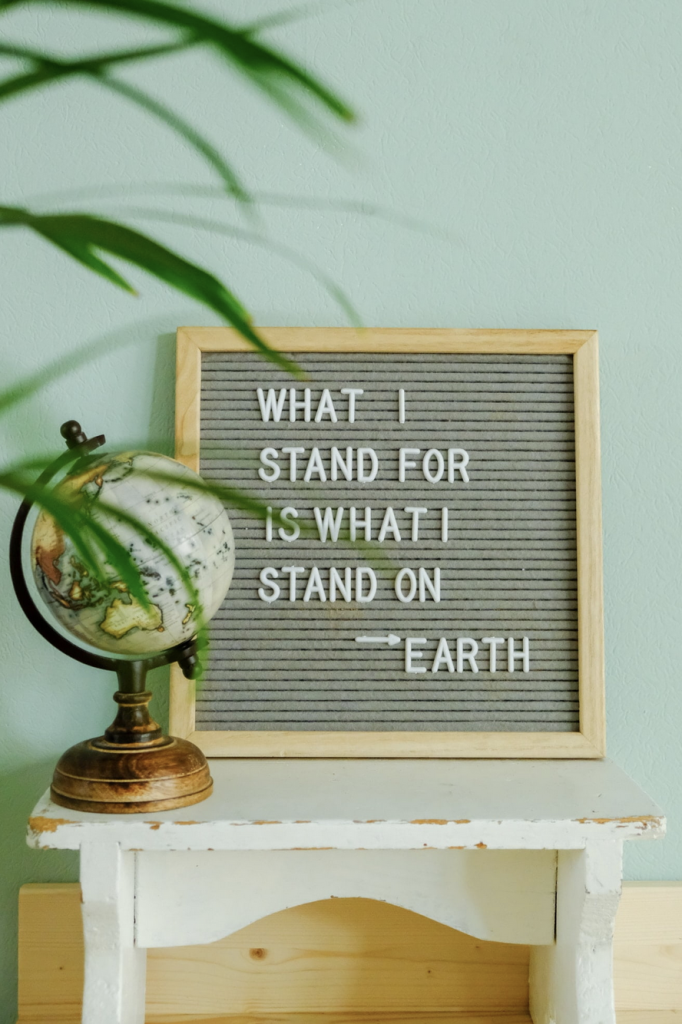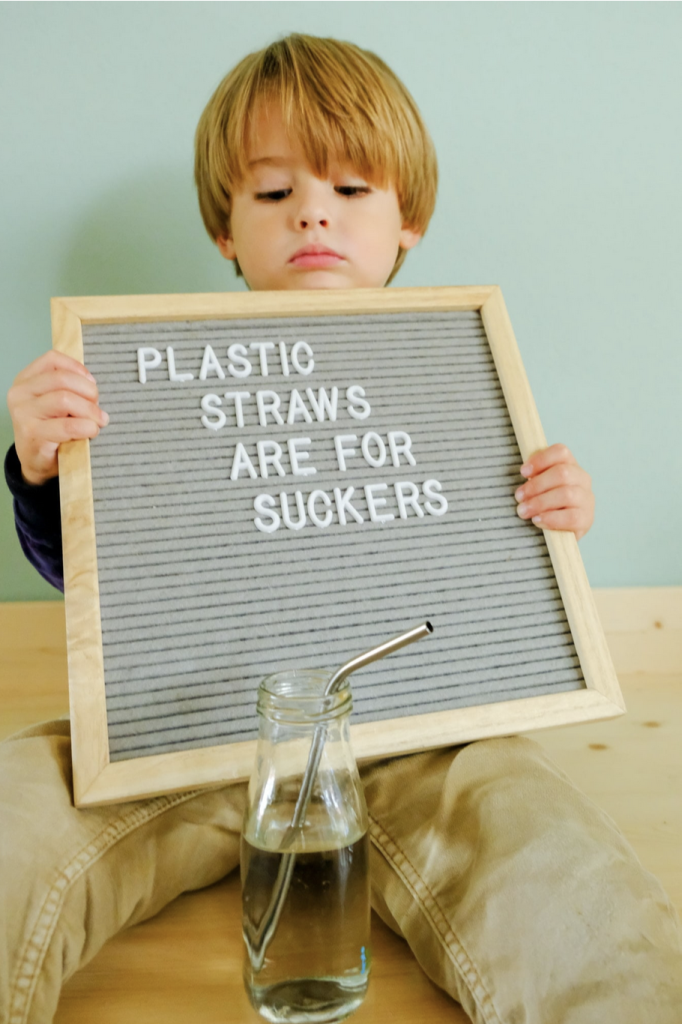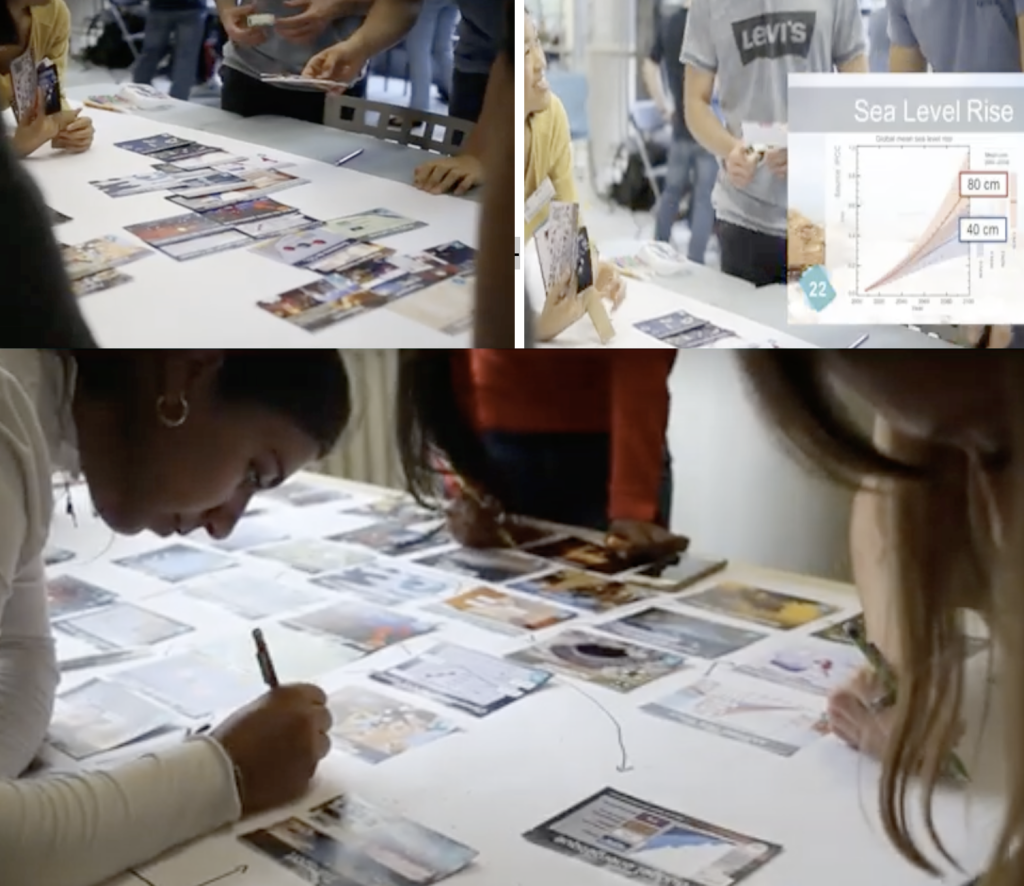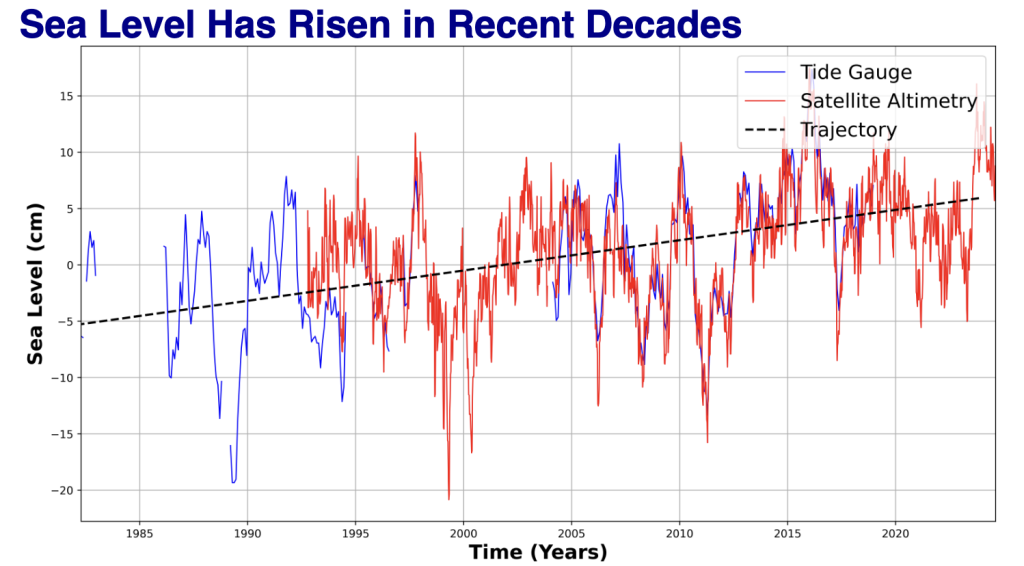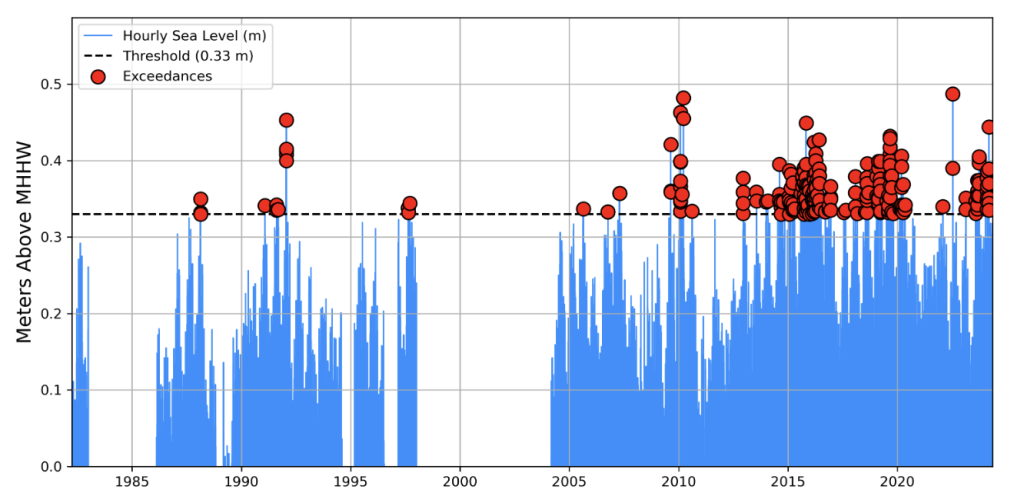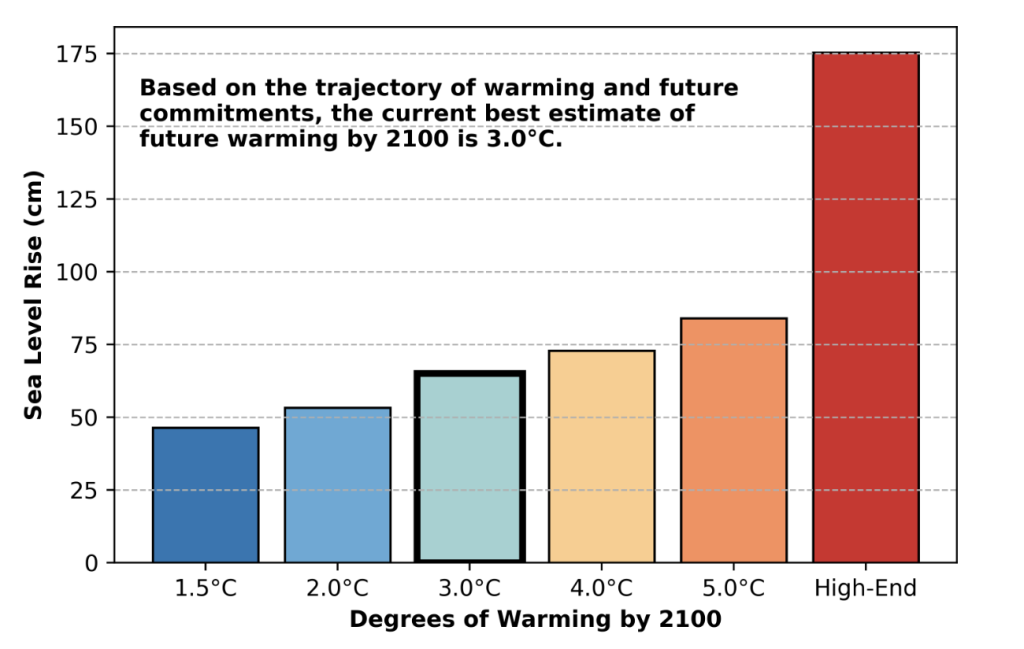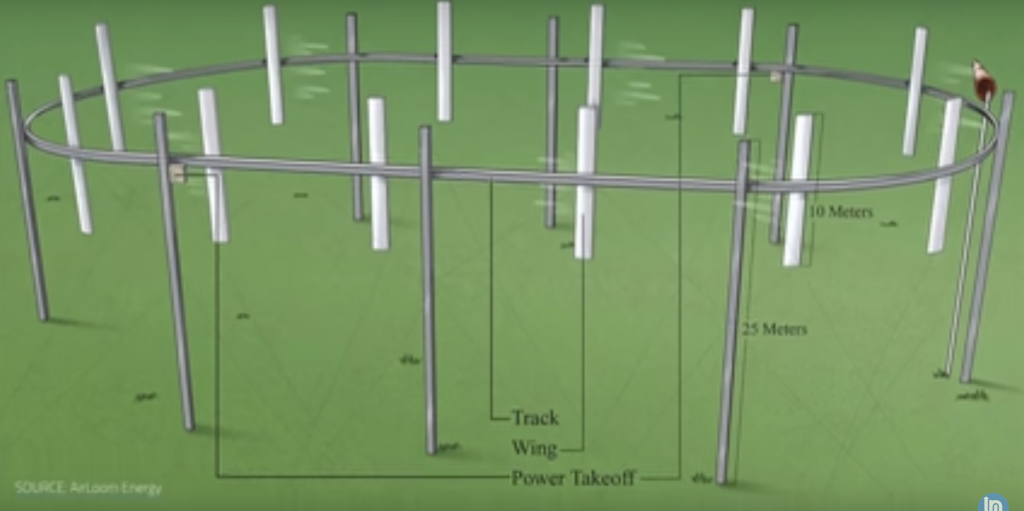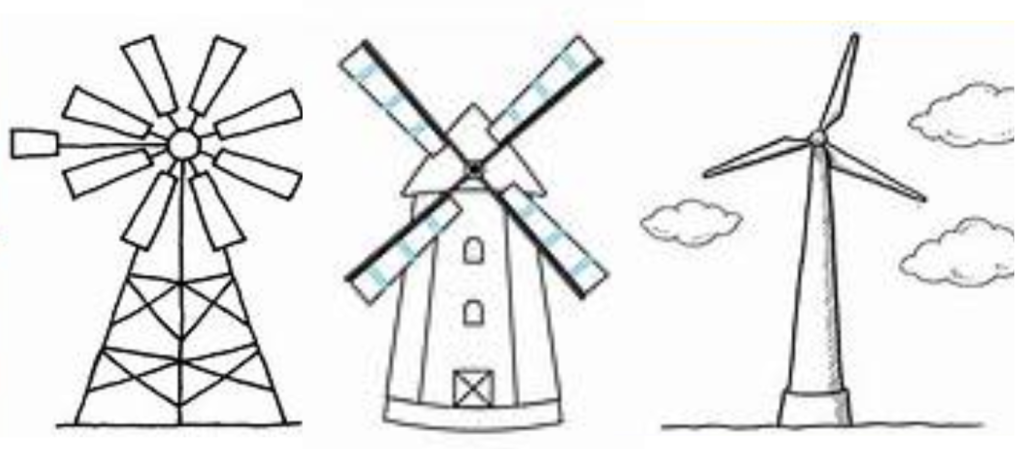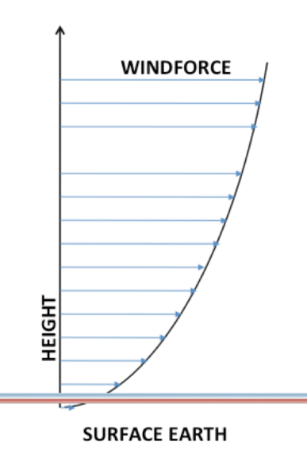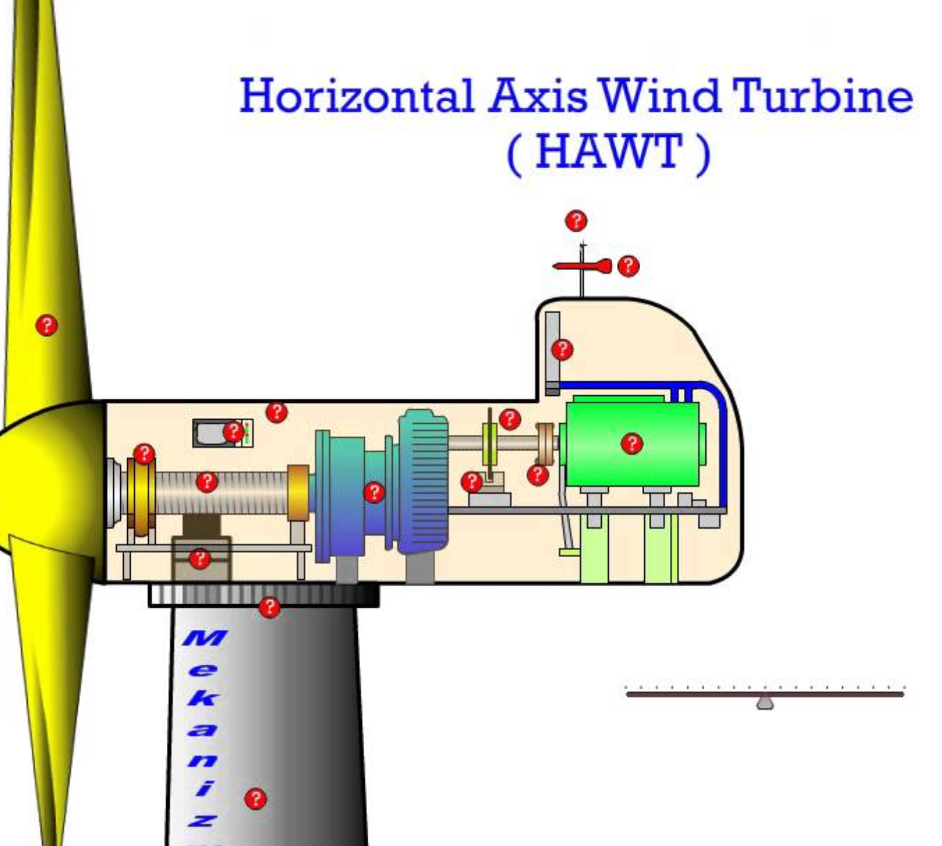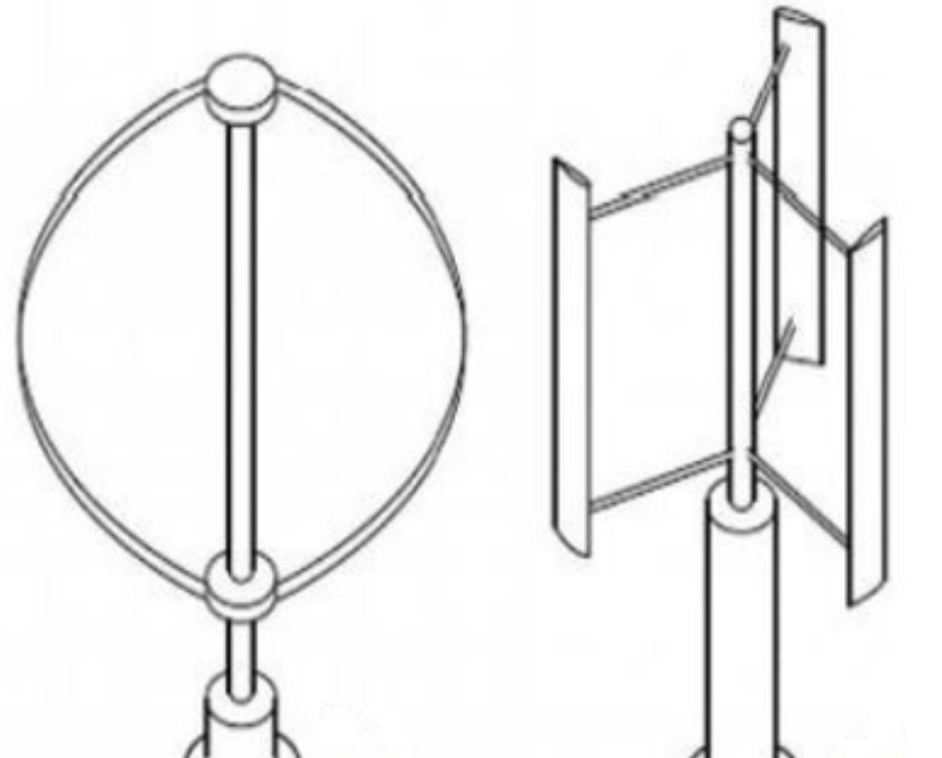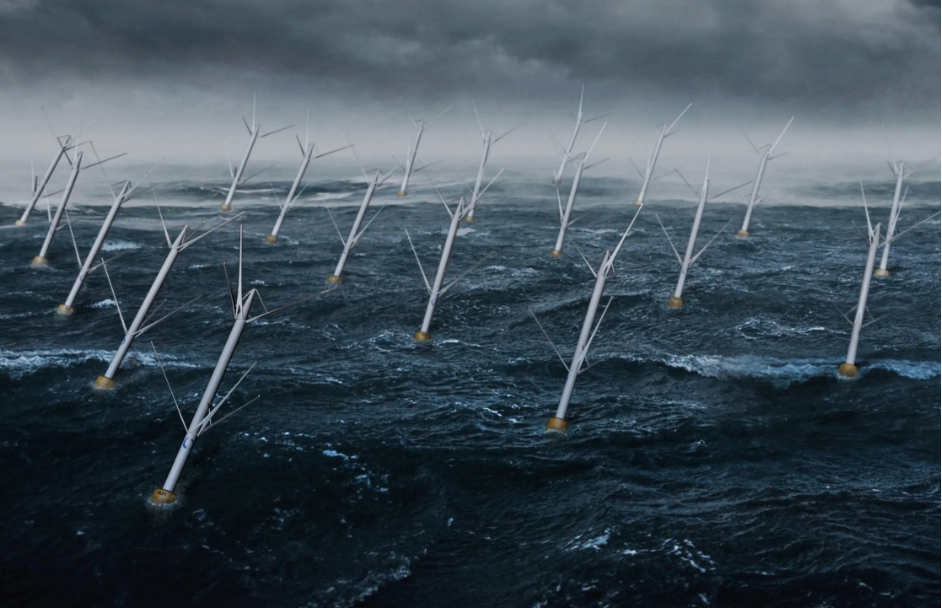How did people ever come into Polynesia?and where dit they come from?
If you look at the currents and the winds on the Pacific Ocean, they mainly go from East to West. Only when you get south of the 60 degees, the winds become from the west. But on these latitudes it is cold and the winds are hard, with names like ‘the Screaming Sixties’ and the ‘Furious Fifties’.
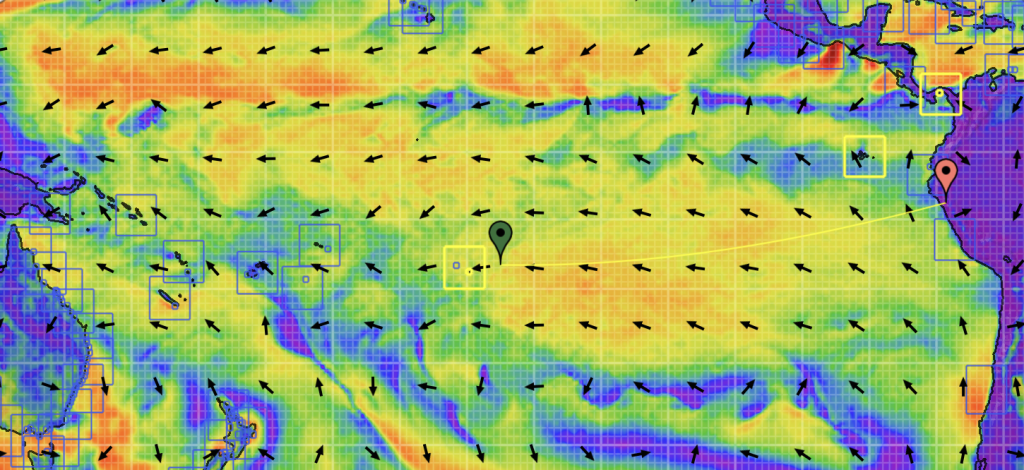
So it is not strange that in the sixties the antropologist Thor Heyerdahl assumed that the Pacific islands were settled by the South Americans. He and his crew tried to sail on a balsa wood raft from Peru to one of the islands. They ended up on an island of the Tuamotus. It convinced Heyerdahl and many others that the Polynesian islands got their first settlers from South America.
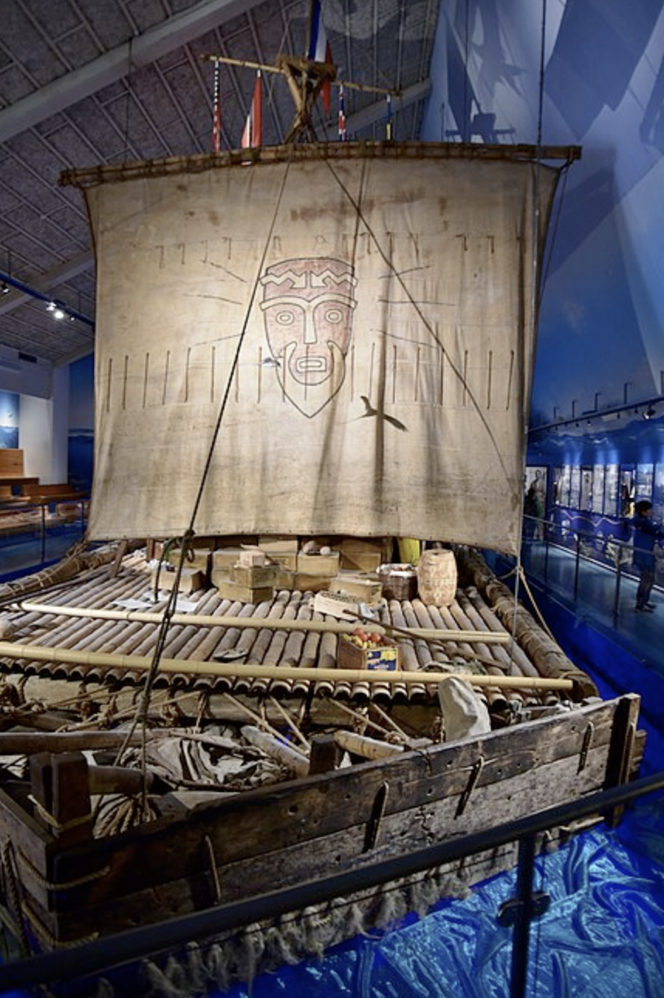
And, let’s be fair: it is really difficult to believe that these people came all the way from Asisa, thousands and thousands of miles against the winds and currents. Even with the current Western boats and sailors, considered being superior, it would be really a hard job. And, the old Polynesians did not have charts, not even a compass to support the navigation.
From the West, despite the prevailing winds?
Nevertheless, not every scientist agreed with Heyerdahl. There were cultural and genetic indications pointing the other way, to the West. Check the tattoos for example. It was wide spread in Polynesia, even up to New Zealand. But there was no tattoo culture in Peru.
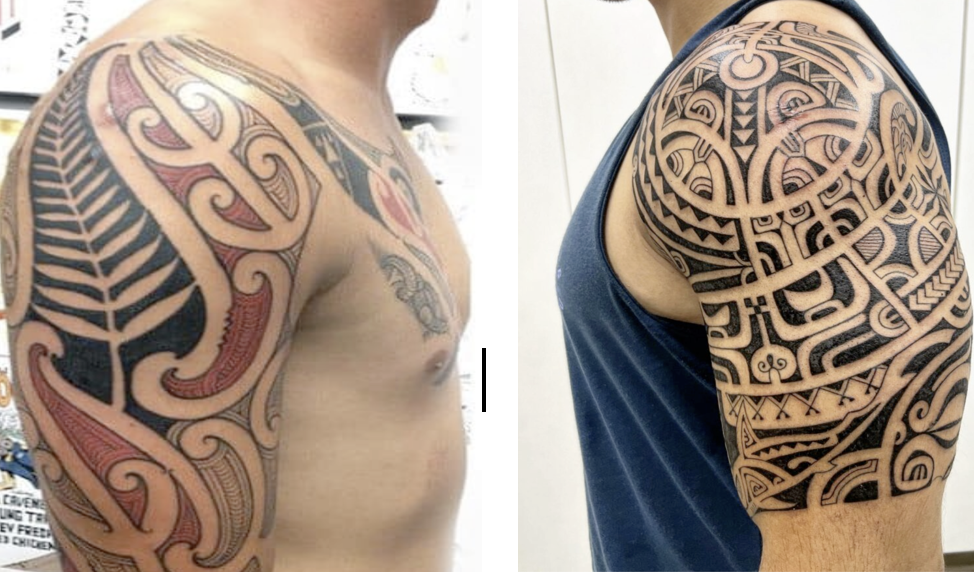
.
The scepsis on Heyerdahls theory, although proven in a physical way, remained. In 1976 scientists and Polynesian have built a classical Polynesian sailing craft. Two canoos are put together with a platform, like a catamaran, and was rigged with two sails the Polynesian way. It is called a wa’a kaulua.

The Polynesian navigated by reading the waves patterns. Where we Western sailors distinghuish only two or three wave directions, the Polynesians had built up this skill to such a high level of refinement, they could see already for 100 miles in what direction islands would be and they could even predict the weather with reading the waves.
DNA shows the truth, and the great Polynesian navigation skills.
In the current century the DNA research developed. Also a big survey was made on Polynesians from various islands and island groups. In 2021 a report showed that there are strong relations between Polynesians, including the Maori in New Zealand.
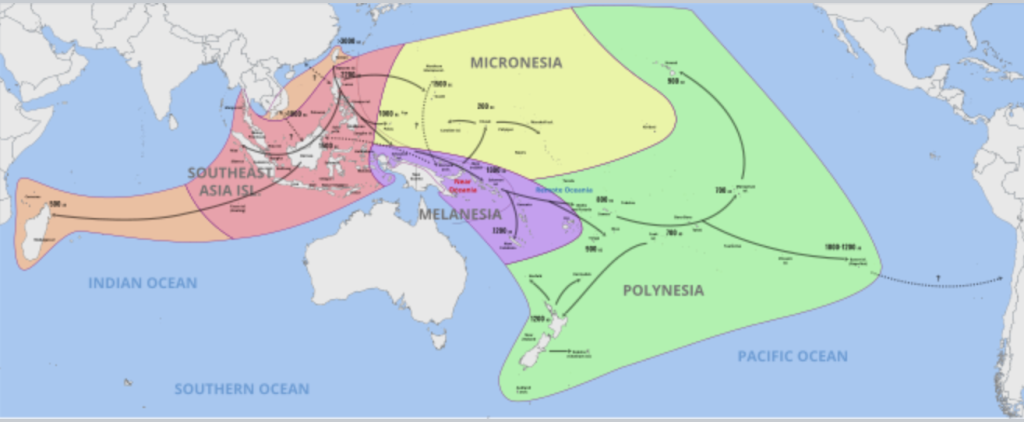
So, yes, when we Westerns only sailed the coasts of Europe, the Polynesians were already that developed, that they navigated with their boats over the complete Pacific Ocean, from New Zealand and Melanesia, all the way up to the Marquesas, Gambier and Hawaii.
Right now, there are even indications that they sailed all the way to the West coast of North America (near San Francisco). But that is for later.




